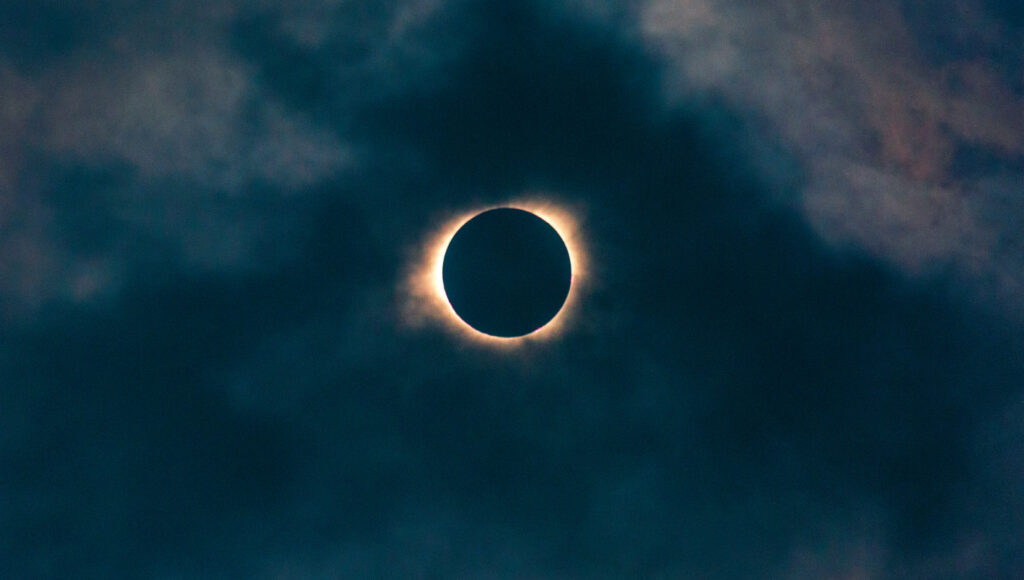When the path of totality stretched through Tennessee on Aug. 21, 2017, it was the first total solar eclipse I had experienced and photographed. I will hopefully be photographing my second in just a few weeks.
Preparing for the first, I had been closely watching the weather that week from Nashville. The forecast was for intermittent to mostly cloudy skies. The chances of cloud cover obscuring the eclipse diminished the farther east you could get. Checking the map and the path, I decided to relocate to Fall Creek Falls State Park in Pikeville and to one of my favorite locations, a rock outcropping known as Buzzard’s Roost. About 30 other people — including photographers, astronomers and onlookers — gathered on the rugged overlook to view the celestial event.
Researching how to photograph an eclipse helped me prepare for this first-in-a-lifetime shoot. If you start now, you’ll have about a month to prepare for the next total solar eclipse, which will happen on April 8.
The top two things I learned were how important location and safety are to your success. Choosing the right location with a clear view of the sky that is within the path of totality will help ensure that you will see it. Protecting your eyes with eclipse glasses and your lens with an appropriate eclipse filter will allow you to view the entire event without injury.
The path of totality, where the shadow of the moon will completely cover the sun, will cross Texas, Oklahoma, Arkansas, northwest Tennessee and Kentucky, Missouri and Illinois and continue northeast to Maine. Check the greatamericaneclipse.com website for a wealth of specific information, maps and times for the upcoming eclipse.
If you want to stay close to home in Tennessee, head for the most northwest portion of the state. The Discovery Park of America in Union City is planning an entire day of activity for all ages. Reelfoot Lake State Park is also planning a pontoon boat cruise to view the eclipse from the lake. Please check the website tnstateparks.com/parks/reelfoot-lake for the details as reservations are required.
My experience viewing the total eclipse seven years ago was unforgettable. From start to finish, the moon traversed the sun for about three hours with totality lasting only four minutes.
Experiencing the eerie but peaceful blue twilight before the darkness brought a quiet focus to everyone at Buzzard’s Roost. It was as if the fading heat and light from the sun brought a childlike wonder to all of us.
The birds, frogs and people became silent as the light faded to darkness. And, as if on cue, as the light began to reappear, the birds began to sing, frogs began to chirp and the humans all cheered and clapped to celebrate the light.




